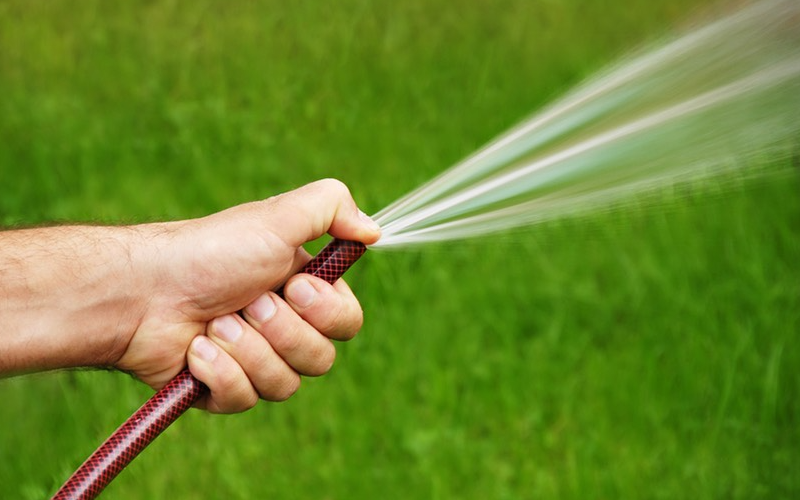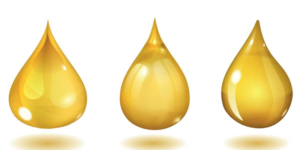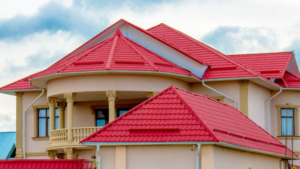When you turn on your tap, the water flows out. Turn that tap on some more, and the flow will be faster – and so will the pressure. It can therefore be difficult to outline the difference between water and flow and pressure, for one simple reason: There are also very obvious similarities between the two.
Across the industry spectrum, businesses and organisations monitor both of them each and every day for a near-endless number of reasons in a similarly-endless range of applications – for critical operations, product quality, and health and safety.
Your organisation may utilise or be in the market for water flow meter technology, but without pressure, there will be no flow. In fact, the more pressure there is, the more it will flow when that tap handle is unwound. And if there is no pressure, there will also be no flow. It’s therefore well worth a moment to explore and understand how they are related and yet in the same way completely different.
Flow vs pressure: What’s the difference?
Although there is an impressive range of water flow meter technology available these days to detect, measure and analyse it, the definition of water flow is actually not technical at all: It is simply the steady and predictable flow of water. If that water flow meter is located inside a pipe, the water flow is therefore a measure of how much water flows past the meter in a given time – or litres per minute, for example.
Where it gets a little more complex is that, if nothing else changes except the diameter of the pipe in question, the flow rate will change. Imagine if every tap or appliance in your house is supplied by a single narrow pipe. Now imagine you switch out that narrow pipe for a wider one, and you’ll notice that the water flow will be faster because more water is able to be supplied to all of those outlets at the same time.
It’s at this point that you’ve almost certainly stopped thinking about water flow, and started to consider water pressure. Merriam-Webster actually defines water pressure by using the word “flow” – because the pressure is not the phenomenon of water movement per se, but of the force that has the potential to make that flow stronger or weaker. Therefore, even when the tap is screwed tight and no water is actually flowing, there is still considerable pressure happening behind the scenes.
How water flow and pressure work hand-in-hand
So while water flow and water pressure are very different, they also work hand in hand. Adjust the pipe opening – say, a shower head or garden tap nozzle – and the water flow naturally changes. The water pressure, on the other hand, can be changed either by altering the pipe diameter, the pipe texture (friction), the total water supply, or the addition of a pump. In all cases, the water flow can also increase.
To measure water flow, we have water flow meters. A simple mechanical flow meter, as opposed to the more sophisticated ultrasonic, vortex or magnetic flow meters, simply measures the speed at which the flow turns a propeller. If the propeller turns more quickly, the measure of water flow rises exactly proportionally.
And while some water flow meters actually function by detecting and analysing differential pressure between two points, water pressure can of course be static – and measuring that requires a pressure gauge, which will give you a reading of the force being exerted by the water on a surface.
Ask an expert and then go with the flow!
Does your organisation’s operations or products rely in any way on the detection, measurement and analysis of water flow and/or pressure? Always speak to an expert about what meters, sensors, gauges and other related technology are necessary to optimise the efficiency of your particular application or operations.
Latest posts by Nirupama Verma (see all)
- What is Corporate Gifting and Why is It Important? - November 8, 2023
- Top 5 Benefits of Synthetic Liquids That You Did Not Know - December 24, 2022
- Pin up Review - September 23, 2022




